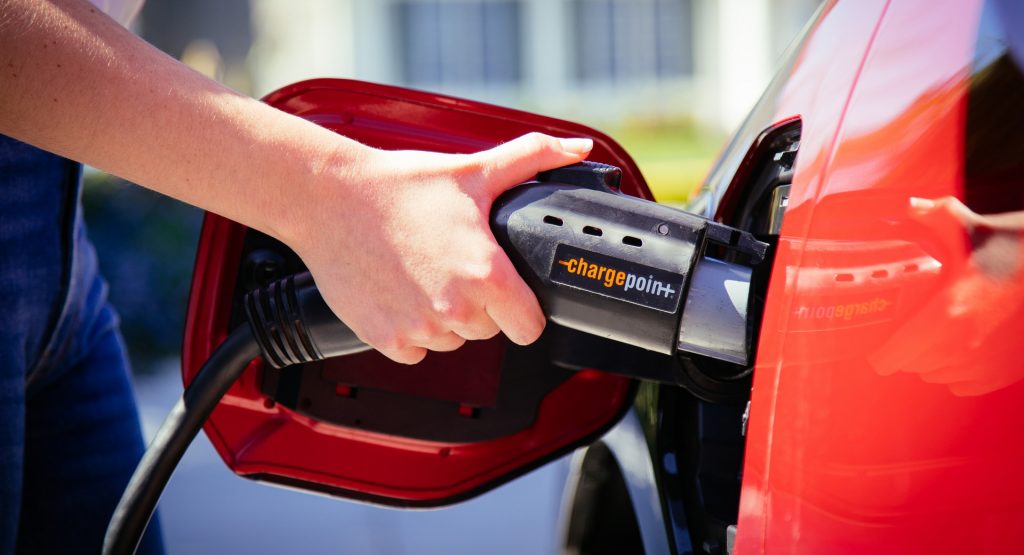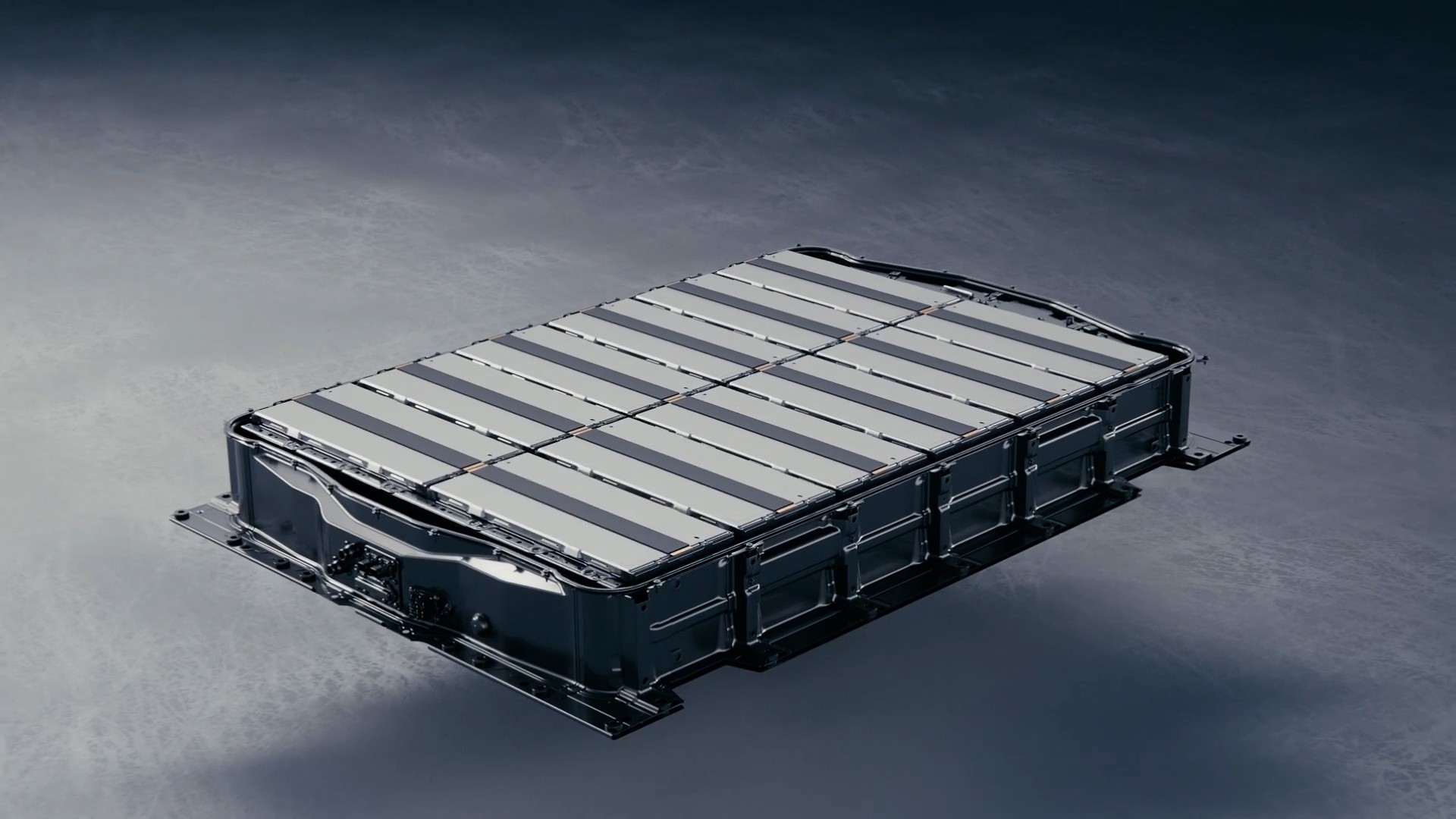EVs have come a long way in the past decade. More specifically, new electric vehicles can actually go a long way, unlike their predecessors. The one sticking point for some buyers has been that it still takes longer to charge an EV mid-journey than it does to slosh 15 gallons of gas into an ICE vehicle’s tank.
And if you’re the kind of person who prefers to splash and dash than spend 20-30 minutes hanging around eating pastries and getting fat while you wait for your car to take on board the energy needed to do the next 200 miles (322 km) of a journey, that’s a pain. But experts say the next generation of EVs could recharge to 90 percent in as little as 10 minutes.
If the lithium-ion batteries in current EVs are charged too quickly they can be damaged, reducing the lifespan of the battery and requiring costly replacement. But a group of researchers has used machine learning techniques to study how batteries age when charging at high speed and used that info to help boost charging times safely.
By studying the results from up to 30,000 data points they created a charging protocol that would enable ultra-fast charging without damaging the battery itself. The downside is that the technology is around 5 years away from becoming publicly available, The Washington Post reports.
Report: Ford Shows Off Prototype Charging Station That Automatically Plugs In To Your EV
“Fast charging is the key to increasing consumer confidence and overall adoption of electric vehicles,” says Eric Dufek, Ph.D., who is presenting the result of the study at a meeting of the American Chemical Society. “It would allow vehicle charging to be very similar to filling up at a gas station.”
Producing batteries that can be charged faster won’t just help reduce journey times for inter-state travelers. It will also make EVs cheaper and more efficient. Cheaper, because carmakers could potentially offer vehicles with smaller batteries because the reduction in range would be offset by the ability to charge more quickly.
That would help drivers who don’t routinely need to cover large distances make the switch to electric power. And since the majority of an EV’s weight problem is down to the battery, reducing the size of the pack also reduces curb weight, meaning the motor needs to draw less energy to move it down the road.
Would you be more keen to switch to an EV if it charged in 10 minutes or are you already in an EV and happy to wait 20 minutes or more to top up? Leave a comment and let us know.





